New Fleet ! The Croatian Navy
The Croatian Navy (abbreviated HRM for Hrvatska ratna mornarica) was formed in 1991 from the former Yugoslav Navy, after breakup…
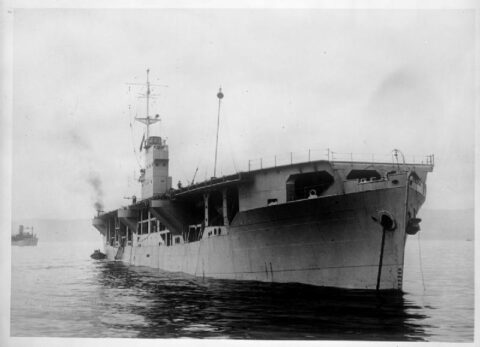
Merchant Aircraft Carriers (1942)
United Kingdom – 19 Hybrid Merchant Escort Aircraft Carrier (1942-45): MV Empire MacAlpine, MacAndrew, MacCallum, MacDermott, MacKendrick, MacRae; MacCabe, MacColl,…
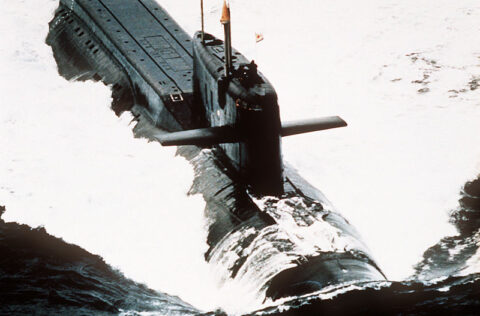
Yankee class submarines (1965)
Project 667A nuclear missile attack submarines Project 667A Navaga, Project 667AU Nalim: 32 ballistic submarines (Yankee I). Later Project 667АМ…
T-1 (Mackerel) class submarines (1952)
Conventional Training Submarines: USS Mackerel, Marlin 1953-1973. T-1/T-2 later SST-1/SST-2 The T-1-class submarines were among the smallest operational submarines ever…
HMS Eagle (1946)
Fleet Aircraft Carrier, R06 1951-1972 HMS Eagle was an Audacious-class aircraft carrier and largest British carrier until the modern Queen…
Kriegsmarine Auxiliary Ships
Nazi Germany, 25 ships (1936-1945) Introduction The Kriegsmarine, or German Navy from 1933 onwards was like the US and Royal…
Weekly Fleet ! Costa Rica Guarda Costas
Costa Rica is one of the rare countries that renounced its army in 1948 and only had since a “civil…
Friesland class destroyers (1956)
Koninklijke Marine Destroyers: Onderzeebootjager Typ 47B (later Typ 49), Built 1951-56. HNLMS Friesland, Groningen, Limburg, Overijssel, Drenthe, Utrecht, Rotterdam, Amsterdam…
British Early Turbine Destroyers
United Kingdom (1899-1922): HMS Viper, Cobra, Velox. Royal Navy’s early turbine destroyers were driven by the inability of the 33-knotters…
Type XXIII U-Boats (1944)
Nazi Germany, 980 planned, 61 completed (1944-45) The true Elektroboot The Type XXI were large scale production Kriegsmarine’s “wunderwaffe” planned…
Naval Encyclopedia
Naval Encyclopedia provides a one-stop place for everything related to naval warfare through ships classes, going back to antiquity to the present day, with particular focus on WW1, WW2 and the cold war, with weekly articles and new fleets every month. This is a long endeavour, with future entries in opacity both in the top and side menus. Naval encyclopedia also goes through some civilian aspects (clippers, liners, oil platforms, naval tech in general) and battles/tactics as well.
 About Naval Encyclopedia
About Naval Encyclopedia
Naval Encyclopedia is the first online warship museum. She was laid down in St Nazaire Yard back in September 1995, launched in December 1996 and completed in March 1997, with 1000+ crew for now, and counting. Dedicated to the history of all ships of the industrial era and 20th century, so 1820 to 1990, but also earlier times. The main difference for this early period is to study ships types through some famous examples. After her last refit in 2023, the present ship has been repainted anew, modernized and made more appealing, ready for even more extensive service, hopefully staying in the current state for the next five years of service. Further improvements will be made if practicable. Numerous additions over the years also led to a complete machinery overhaul, new steam turbines and propellers.

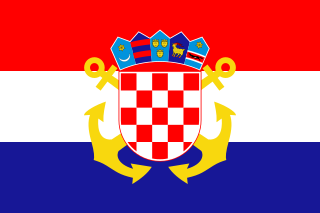
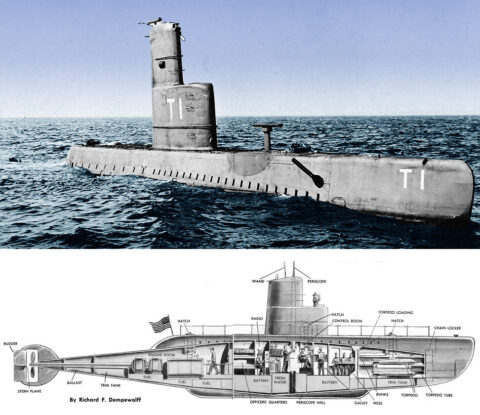
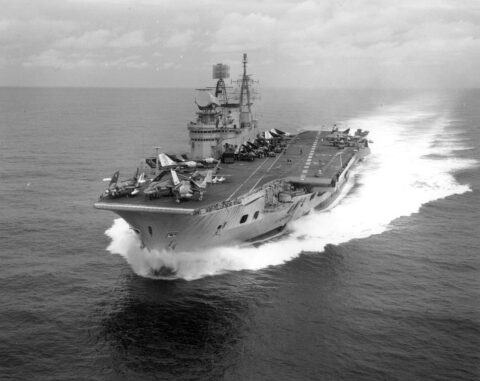
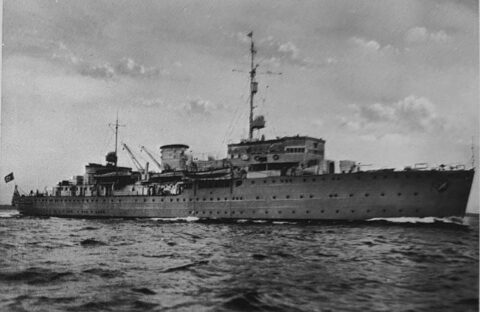
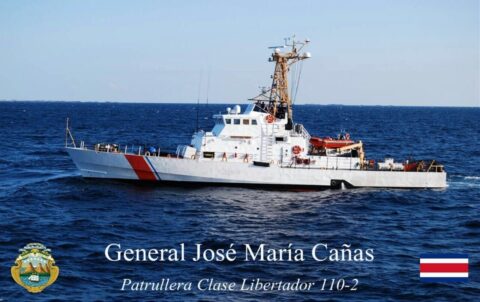
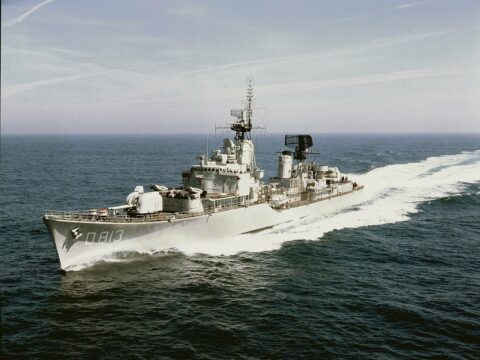
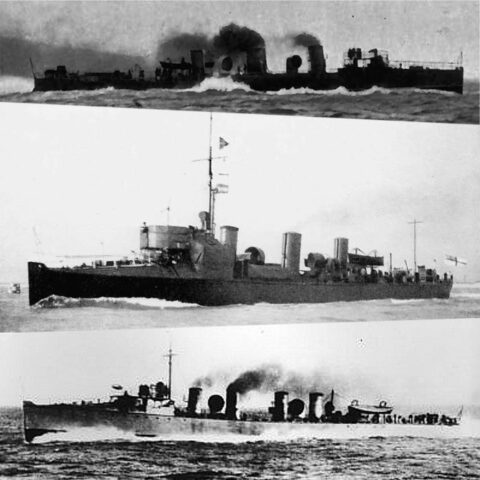
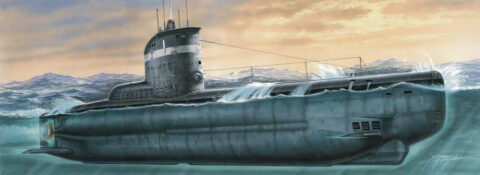
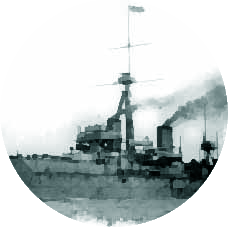
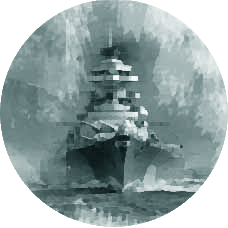
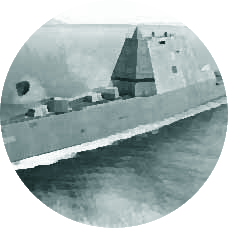



 dbodesign
dbodesign